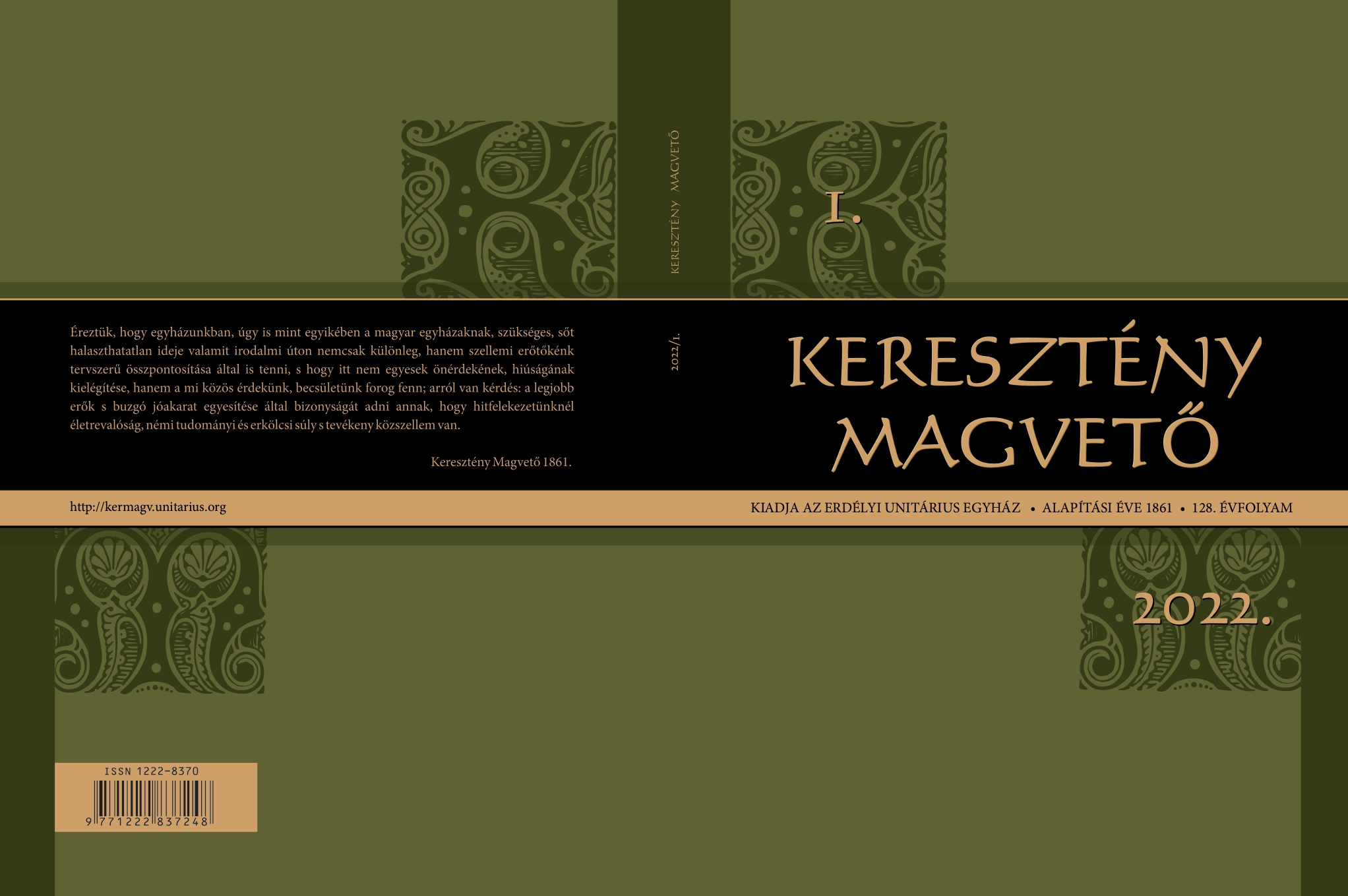A Pákei Lajos által tervezett síremlékekről
The Funerary Monuments Designed by Lajos Pákei
Author(s): Beáta BordásSubject(s): Fine Arts / Performing Arts, Architecture
Published by: Erdélyi Unitárius Egyház
Keywords: 19th century; architect; Kolozsvár (Cluj-Napoca); funerary monument; Mózes Berde (1815–1893); Sámuel Brassai (1797–1897); Lajos Pákei (1853–1921)
Summary/Abstract: Lajos Pákei (1853–1921) was Kolozsvár’s (Cluj-Napoca) most significant architect at the end of the 19th century, and one of the most influential in determining the city’s image. Trained in Budapest, Munich and then Vienna, he was a chief engineer later turned into an independent architect who also made his mark in the fields of industrial education and monument protection. He designed exemplary Unitarian buildings such as the Unitarian schools in Kolozsvár and Székelykeresztúr (Cristuru Secuiesc). He is also remembered for his designs of numerous public buildings, country houses, villas, private houses and funerary monuments. Although the funerary monuments are fewer in number compared to his other projects, they form an important part of his oeuvre, and are closely linked to his public monuments and smaller sculptural works.Pákei designed funerary monuments during several important stages of his long career, including the fi rst, highly acclaimed monument that he designed in 1882, while still the city’s chief engineer. At the peak of his career, in the late 1890s, when he was also awarded commissions for major public buildings, he designed the final resting places of two prominent figures of the Unitarian Church, Mózes Berde (1815–1893) and Sámuel Brassai (1797–1897). The latter major commission occupied him until almost 1910. This study traces the concept, design and exceptional sense of form of Pákei’s four most important funerary monuments, and provides their art historical description.
Journal: KERESZTÉNY MAGVETŐ
- Issue Year: 128/2022
- Issue No: 1
- Page Range: 3-21
- Page Count: 19
- Language: Hungarian

